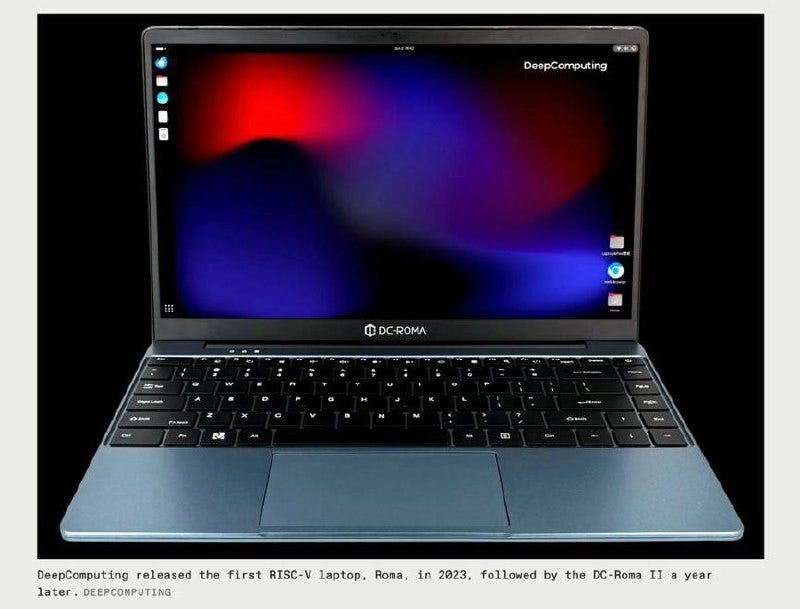What’s the future for CPUs? Oregon based company AheadComputing are making a bet on RISC-V. Four of the top chip architects from Intel are now attempt to build the “biggest, baddest CPU in the world” - according to Debbie Marr, the AheadComputing’s CEO.
What’s do we mean by procesor architecture? These are specifications for how a processor should do basic computing operations.
You may know about Intel’s x86 architecture which runs on most consumer desktops and laptops, or the ARM architecture which are used on 99% of mobile phones and many computers.
Each of these types of processors have their own “Instruction Set Architecture” or ISA. This ISA is a list of all the basic commands the processor can execute at a foundational level. Things like how to add two numbers together, how to store something in memory, and how to move onto the next instruction.
The software on your computer must be written especially to follow the processor’s ISA, so that human readable programs can be translated into machine code that works.
RISC-V is revolutionary in a few ways:
One, any company can implement the RISC-V architecture in a processor without paying licensing fees or royalties
Two, RISC-V is a modular architecture, meaning that there’s a base set of instructions and a number of extensions - so that a processor can be tweaked as needed
Note that RISC-V isn’t an actual processor. Its an open specification without licensing, which means that anyone can design a processor that implements RISC-V and write software for it.
This sets the stage for an open-source processor, but ultimately depends on the company that develops the processor. The company could also decide to keep their processor closed source.
RISC-V isn’t something that appeared out of nowhere, it was developed in 1980 as a research project and there’s been five generations of improvements since then.
We’re now getting to the point where there are actual processors coming to market for RISC-V, along with support for Linux and important drivers.
DeepComputing released the first RISC-V laptop, named Roma in 2023, followed by the DC-Roma II in 2024 - which shipped with Ubuntu pre-installed.
If you end up getting one of these laptops, you’ll notice they’re very underpowered. RISC-V is early on its development and adoption, and RISC-V processors will only continue to improve.
Also because the software you use on a daily basis hasn’t been ported for RISC-V - you won’t find many programs to install. You can see what’s currently supported on the RISC-V ecosystem page.
“If we can open up even the chip design, then one day, even students at schools and universities can come into class and design their own chips, with open tools,” says Liang. “With openness, you can choose to build things yourself from zero.”
Yuning Liang, CEO of DeepComputing













